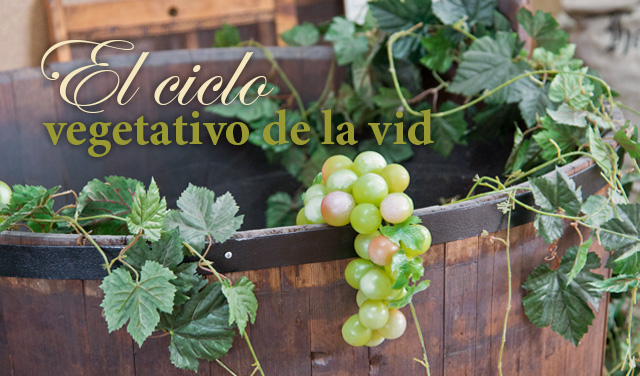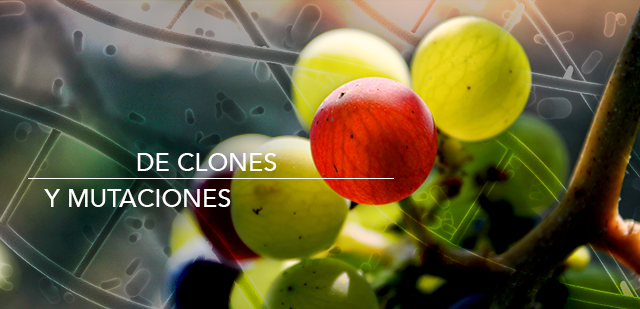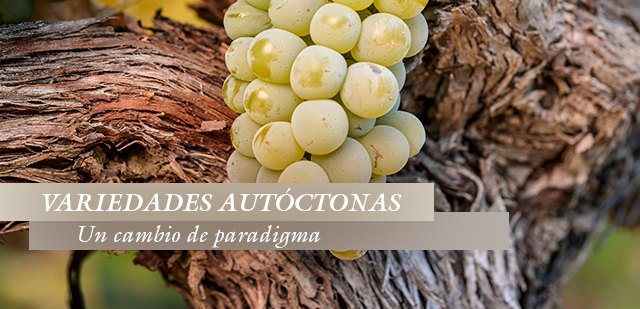LIFE CYCLE OF A GRAPEVINE
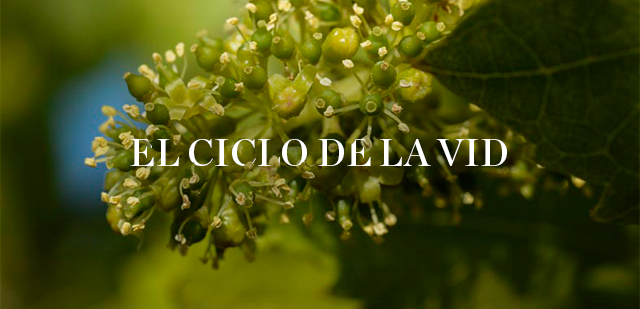
There is more to the grapevine than colorful veraison, the anticipated moment of fruit maturation or the best-known of all winegrowing events: the harvest. The vine is a complex and wonderful living organism that undergoes a series of surprising transformations throughout the year, every part constituting a whole that paves the way for the miracle of life in fruit form. It is marvelous and inevitable to draw parallels to our own birth and development as human beings:
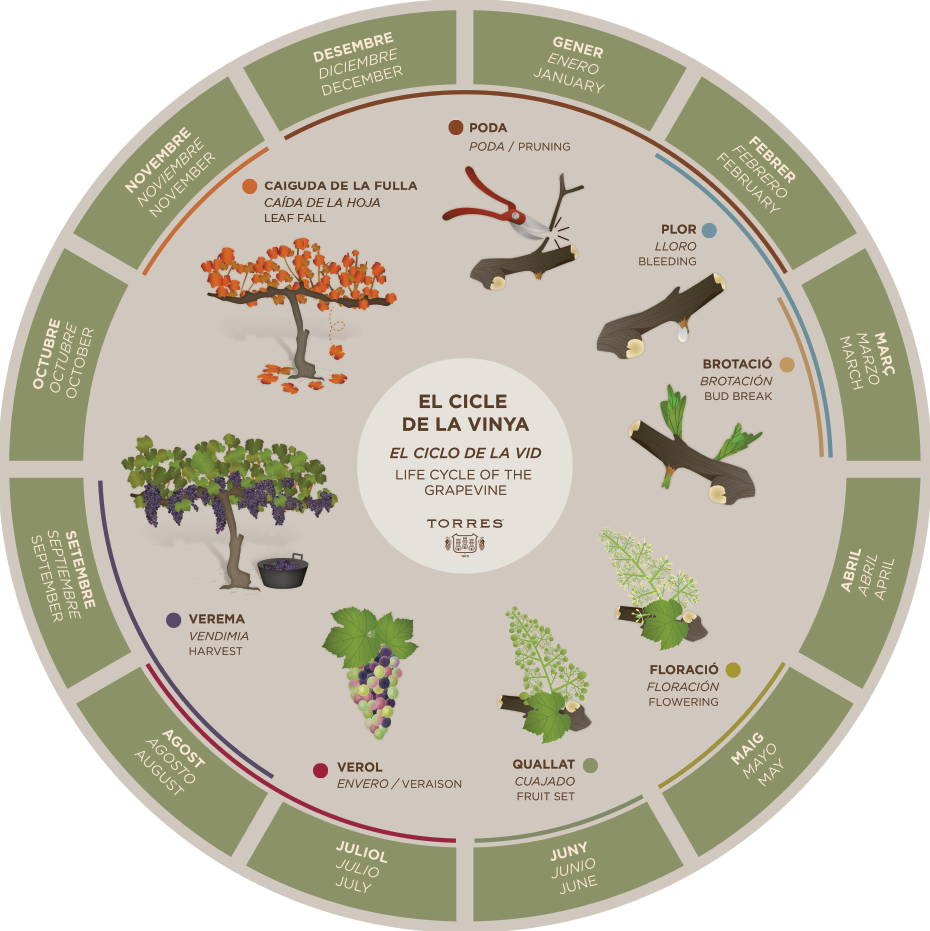
(Life) cycle of a grapevine
- Between November and January, the vine loses its leaves, and, as the cold sets in, the plant settles into a resting state with only latent activity. This winter dormancy lasts until February.
- The first transformation occurs between February and March, and it is both beautiful and poetic. After pruning, the sap exuded by the pruning cuts—known as "bleeding"—announces the imminent onset of budbreak.
- Budbreak or budding takes place in April, although this greatly depends on the climate conditions affecting the plant, as well as the variety itself, since many start budding as early as March. During budbreak, green shoots welcome the spring, emerging from the bud scales that protected them from the cold. Even so, fear of the dreaded frost is still high, because it could return them to a dormant state.
- In May and June, the buds begin producing inflorescences or flower clusters, which will eventually bloom. The flowers open up to allow for pollination. As the fertilized ovary develops, it produces green berries in a process known as fruit set.
- The true explosion of life, however, occurs between July and August when the vine shoots mature (shoot maturation) and veraison begins: The chlorophyll green gradually disappears, and each variety reveals its particular pigment. The grapes of white varieties acquire a yellowish hue whereas those of red varieties go from green to red and/or purplish blue, depending on the cultivar. After veraison, the seeds are fully formed, acidity is still high and sugar levels low.
- And finally: grape maturation. The level of ripeness will influence the type of wine, because this is when the main varietal aromatic compounds and their phenolic content determine the quality of the must.
- The harvest is the culmination of this entire process. The grapes are picked when they present optimal levels of acidity and the right amount of fruit as the varietal aromas develop. Of course, it all depends on the desired winemaking style and the individual variety.
Nature forges ahead untamed, which is why it is up to us to understand its life cycle and apply the knowledge gained over centuries of winegrowing to not only enjoy its yearly fruit, but also extend its life, tame its spirit, and guarantee its future. We depend on it, after all, now and forever.

